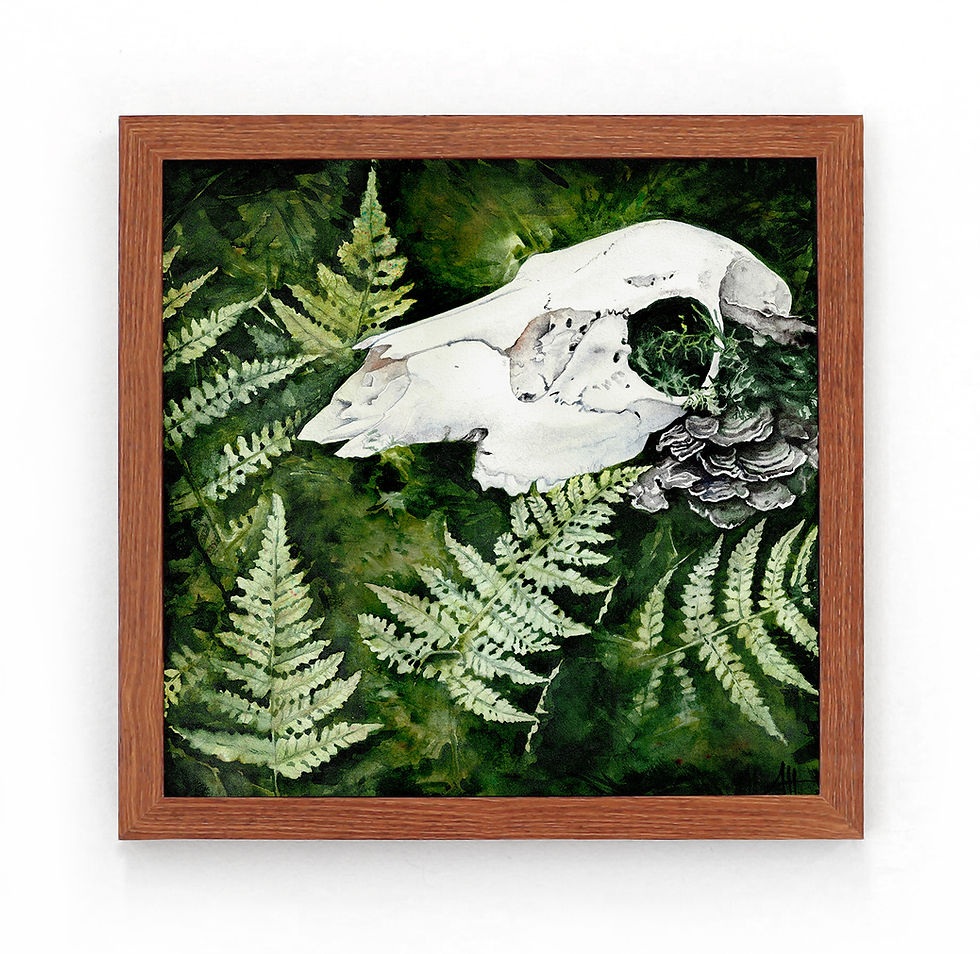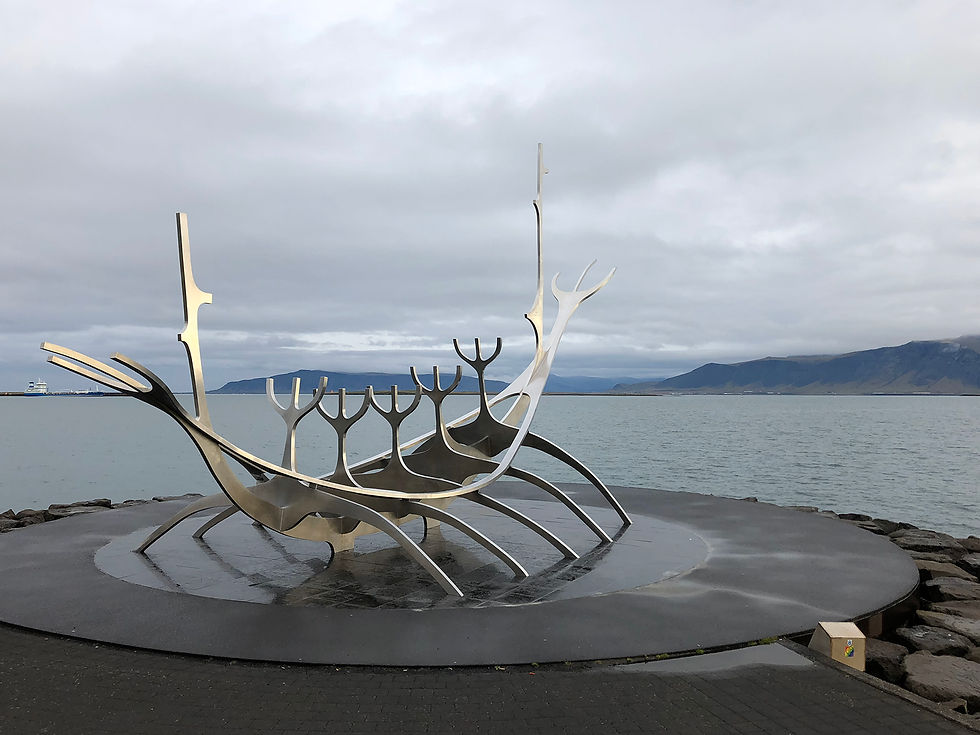Create Your Own Watercolor Palette
- Allison Healy

- Apr 12
- 2 min read
Updated: Jul 9

In this hands-on workshop, students learned the fundamental process of creating your own watercolor paints from scratch, like artists of the past. This includes grinding pigments, mixing with a binder, and formulating desired color palettes. We looked at the properties of different pigments and how to prepare and store the watercolor paints properly.
Using a paint muller and slab to mix paints, students were able to select from different powdered pigments to develop a custom watercolor palette. We also created color swatches of each color made throughout the first day.
The painting portion of this workshop focused on techniques like color mixing, brush control, wet-on-wet application, and layering to create simple compositions while becoming familiar with pigments, materials, mediums, and paper types. We ended the workshop by using our reference swatches to inform a couple of rough compositions applying these techniques.
Preparing Watercolor Paints
The workshop kicked off with a hands-on look at the materials needed to create watercolor paints. We started with basic ingredients like pigments and binders. These two items are vital in making paint that one can use effectively.
As we progressed to binding agents, students learned how important they are in making sure the paint adheres to the paper. By the end of the first day, each participant had crafted their own set of watercolor half pans, stored in small tins for use in the future. This hands-on approach allowed students to experiment with colors, creating unique palettes that reflected our individual preferences and aesthetics.
Fundamental Watercolor Techniques
On the second day, we dove into practicing essential watercolor painting techniques. Our first focus was color mixing. We spent time blending hues to create gradients and washes. Using the paints we made, we conducted fun exercises to see how different color properties mingled. Blending yellow and blue yielded various shades of green, revealing the beauty of color theory in real-time and different pigments will react to each other very differently.
Next, we worked on brush control. We practiced different strokes, learning how to master the application of paint on paper. Techniques like wet-on-wet application produced stunning results as colors merged unpredictably on the page. Sometimes the best results emerge from letting go of control.
Layering furthered our understanding of watercolor techniques. We learned how to add depth and dimension to our paintings through successive washes. For instance, applying a light wash of color and then layering darker shades creates depth that brings your artwork to life. You can see your work evolve with each layer.
Hands-On Learning
Making your own watercolor paint opens a world of exciting possibilities. This workshop reinforced that art is about the journey of exploration and learning, not just the final product. I highly encourage anyone interested in this medium to jump in and discover the joy of crafting their own unique colors. I would also like to thank the Eliot School of Fine & Applied Arts for allowing me to teach this class. It was great to visit Boston and the school again.

























Comments